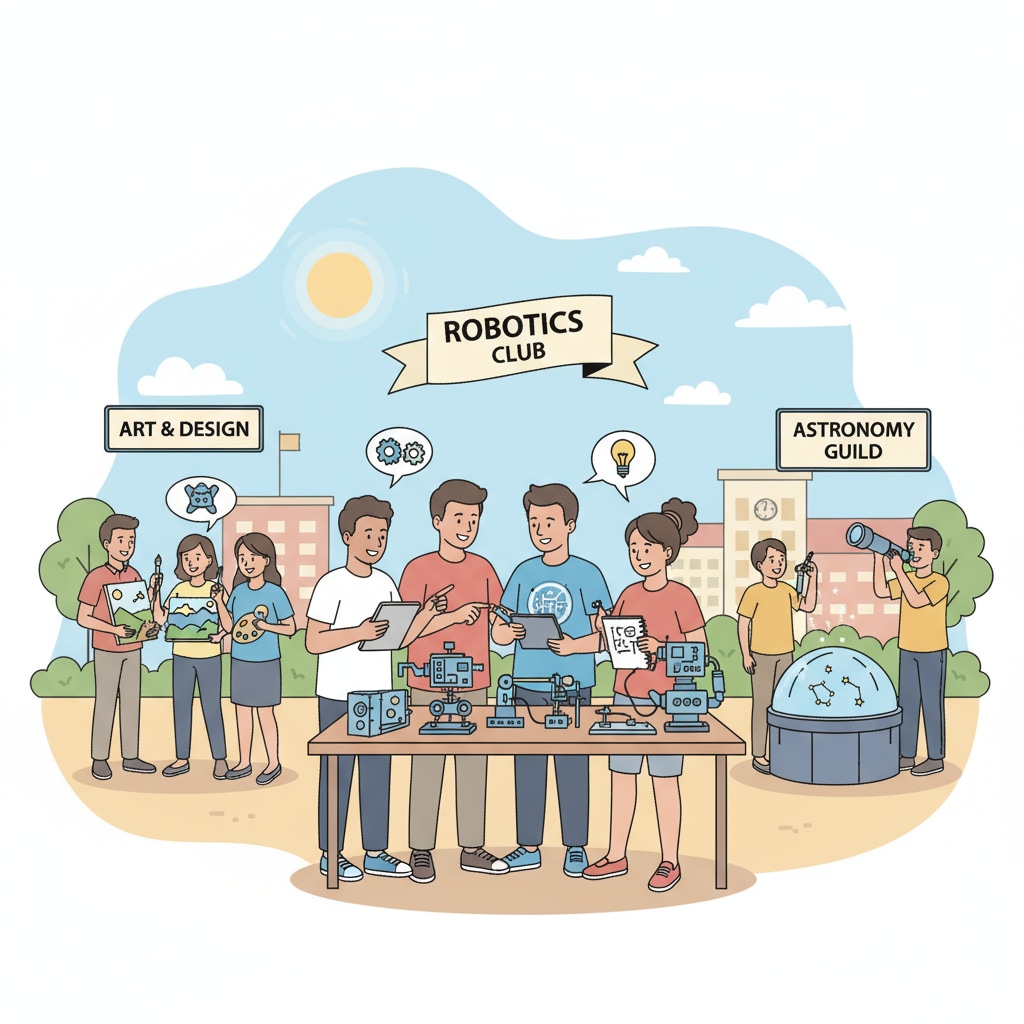High school self-study, university adaptation, and educational transition are themes that highlight the unique path of students who have chosen self-directed learning in high school and then stepped into the realm of traditional university campuses. For these students, the transition from solitary self-study to the bustling and collaborative environment of a university can be both exhilarating and daunting.

The Social Interaction Hurdle
One of the most significant adjustments for high school self-study students is in the area of social interaction. During high school self-study, they may have spent a great deal of time alone, focusing on their studies without the daily social exchanges that occur in a traditional school setting. As a result, when they enter university, they might find it challenging to initiate conversations, make friends, and engage in group activities. For example, in a university seminar, where students are expected to actively participate and share ideas, self-study students may feel intimidated at first. However, it’s important to realize that these social skills can be developed. They can start by joining clubs or organizations related to their interests. This provides a natural platform to meet like-minded people. Tips on Making Friends in College

The Learning Mode Shift
The learning mode in high school self-study often involves independent planning and execution. Students set their own study schedules, choose learning materials, and pace themselves. In contrast, university learning is more structured in some ways and more flexible in others. There are lectures, seminars, and assignments that follow a specific curriculum. This shift can be a bit of a shock for self-study students. They need to learn to adapt to the rhythm of university courses, understand the requirements of different assessment methods, and manage their time effectively. For instance, they may need to allocate time for attending lectures regularly, which was not a fixed requirement during self-study. Additionally, they should take advantage of university resources such as libraries and tutoring services. Keys to Succeeding in College Learning
Self-management is another crucial aspect for these students. In high school self-study, they had full control over their study time and environment. At university, they need to balance various aspects of life, including academic work, social activities, and personal time. They should set clear goals and priorities. For example, they can make a weekly schedule that includes dedicated study time, time for relaxation, and socializing. By doing so, they can better manage their new university life and ensure a smooth educational transition.
Readability guidance: As we’ve seen, high school self-study students face distinct challenges in areas like social interaction, learning mode, and self-management when adapting to university. By being aware of these areas and taking proactive steps, they can successfully navigate this educational transition and thrive in their new campus environment. Using short paragraphs and lists helps to summarize key points. Each H2 section provides a focused area of discussion. Controlling the passive voice and long sentence ratios, along with adding transitional words like ‘however’, ‘therefore’, ‘in addition’, ‘for example’, and ‘as a result’, makes the article more coherent.


